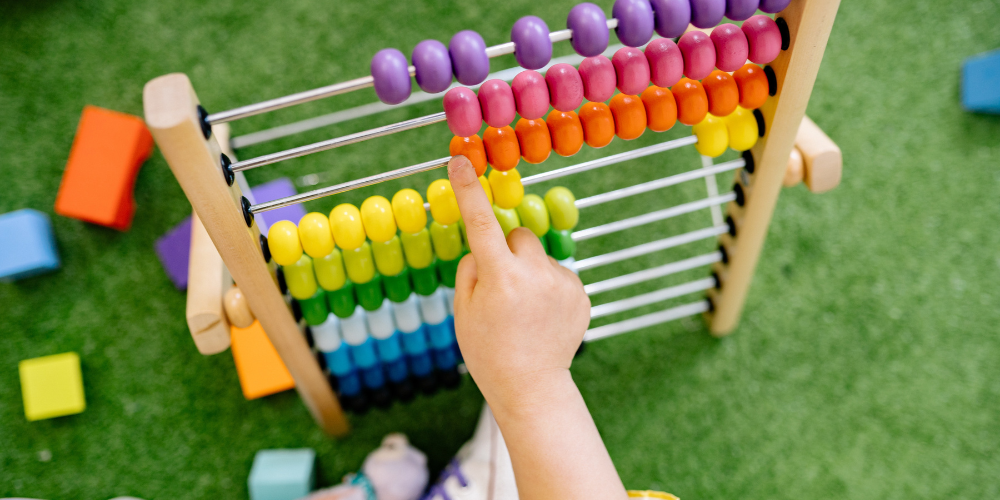With the digitalization of the world and the resources we are using, children spend most of their time indoors. Children have less connection with nature which adversely affects their health of children.
Research shows that the time spent outside benefits children's overall health. It improves the child’s physical, mental, and emotional well-being. Here we will discuss the benefits of creating outdoor learning spaces, and with that, we will learn how to design the layout of preschool classroom that encourages children to explore nature.
Physical Health Benefits:
Connection with nature improves their physical activities, and their sharp instincts also improve. A child develops health and improves mental strength if made to run, jump, or climb in a kindergarten classroom setup.
Outdoor learning activities allow our bodies to soak in Vitamin D, which is important for bone health.
Ensure you arrange outdoor activities that help children combine their physical efforts with educational learning.
Fun and learning can happen simultaneously without children knowing they are learning.
Mental and Emotional Health Benefits:
Studies show that your time outdoors reduces stress and any unknown anxieties you may face. The same goes for young children, their unspoken thoughts and unsaid words make them feel emotionally weak, and they show tantrums as a result.
Outdoor learning spaces can provide children with a soothing and peaceful environment.
Make sure you create a thoughtful outdoor learning space to help a child spend energizing time in nature to improve his mental and emotional well-being.
Environmental Education:
It is a fact that getting a practical experience in anything makes you expert and knowledgeable in that particular field. The same goes for outdoor learning spaces, which help children learn about their environment. Children can learn and feel the natural world, further emphasizing using ways to protect nature.
Being in nature may make the little minds explore by themselves and can knwo the way to protect and conserve their environment.
Hands-On Learning:
You can never replicate the outcomes of a hands-on experience in a traditional classroom environment. Outdoor learning areas make children engage with nature to develop a deep understanding of the world around them. It makes them investigate little things of nature to contemplate further exploring and discovering nature.
Designing Outdoor Learning Spaces:
When you start designing an outdoor learning space, you must ensure the needs and interests of the children as per their age. Getting enough natural elements like plants, rocks, or particular water features stimulate curiosity and increase the observation of young children.
You can provide opportunities to play with the sandboxes or a climbing structure. Adding sensory gardens can encourage children to engage and connect with their surroundings.
The benefits of outdoor learning spaces are massive, and the correct layout of our classroom can help us attain the benefits of outdoor learning.
Safety Considerations:
Safety comes first. In any case, for children, it becomes even a priority. Make sure the outdoor learning space you create is free from hazards like sharp or pointy objects. Remember not to plant anything harmful, like a poisonous plant.
Provide shade and extra sun protection to help children avoid harmful and hot sun rays.
Incorporating outdoor learning spaces for our kindergarten classroom design bring noticeable changes to children's learning behaviors. It also teaches the love of nature and passion for learning simultaneously.


